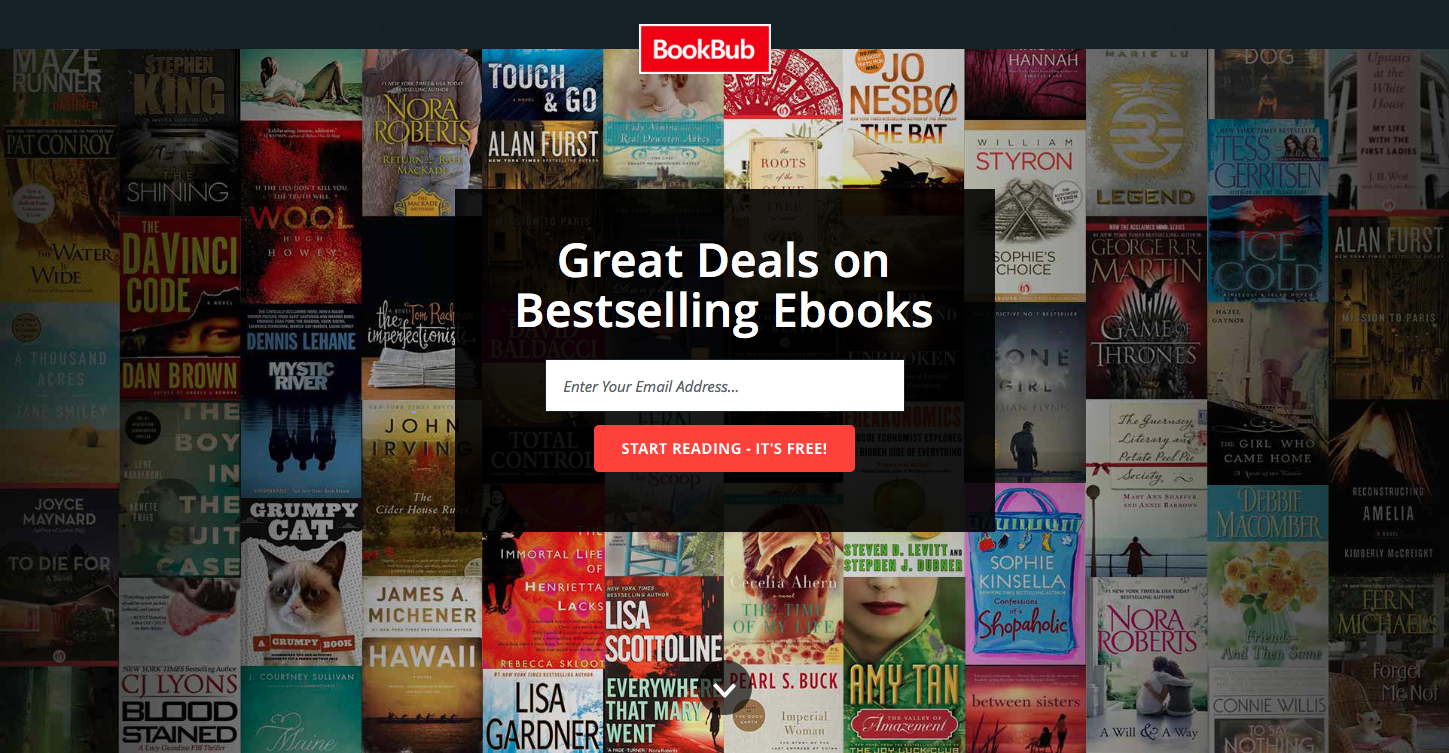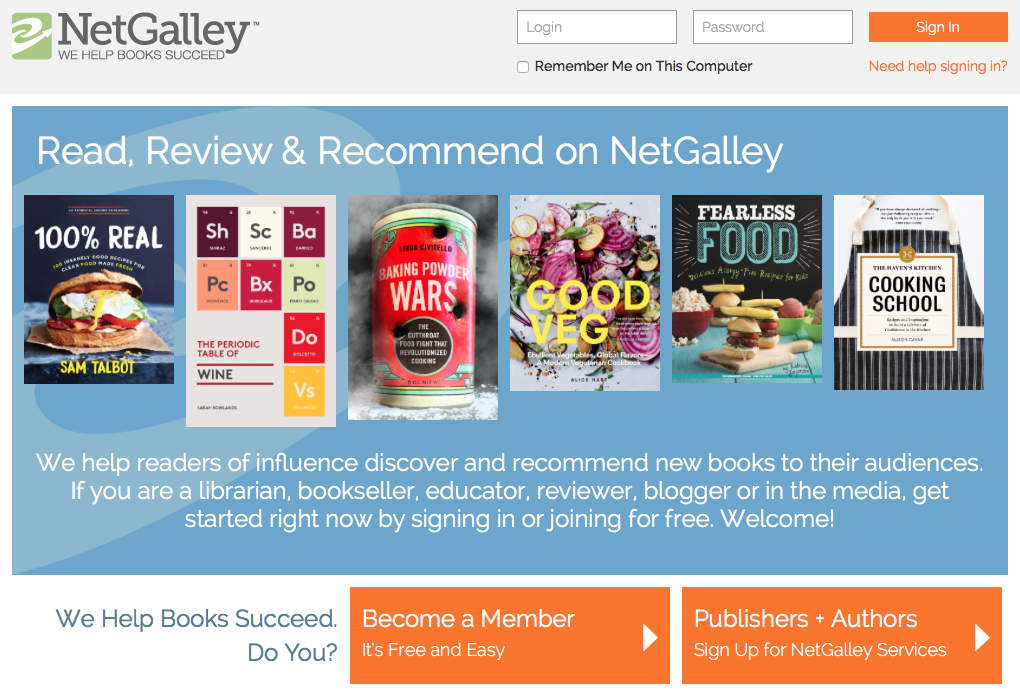Help Us Help You by Tellwell editor Rachel Peterson
Whenever I receive a submission to edit, I can say with some aplomb that no two are alike. While each manuscript varies in its editing needs, the editing approach hardly deviates. There is but one goal in the mind of every editor: make the book better. As an editor at Tellwell, I’d like to provide some insight regarding the role of the editor, what editors look for from authors, and how you can prepare your submission. If you’ve completed your book or haven’t yet started, read on. Tellwell editors are ready to help you when you are, akin to that quotable from the Jerry McGuire movie, “Help me help you.” To know that, you need to know what we do.
What is the role of the editor at Tellwell?
Generally, Tellwell editors look for the same things that other editors do, but it’s probably easier to start with what Tellwell editors are not. We are not acquisitions editors and we don’t hear from literary agents. So, what do Tellwell editors do exactly?
We make mark-ups and comments: suggestions to reach clarity and total readability of a book, so the book does its job of reaching its readership.
That’s editing in short, and we do that in four ways.




